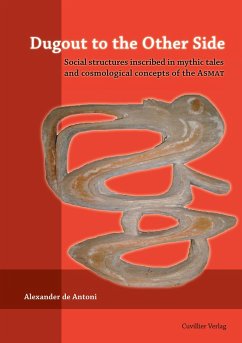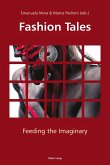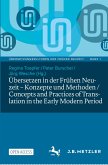An ethnic group¿s specific social life depends on a selection of manners in which members approach one another or take position towards a person or group. The characteristics of this conventional behaviour create social identity. This book will prove how a structure pattern functions as a basic principle for the moulding of various forms of social habits. In order to communicate such a pattern it is coded into myths and passed on with mythical tales and motives. Myths therefore enable both the constancy and the transformation of ethnic identity in a social community. A mythical song of the Asmat in Papua will be quoted in order to decode a specific structural pattern. It turns out to be interwoven with a socio-political, economical and cosmological context. But also features of the landscape that this ethnic group inhabits, offer astonishing analogies to the pattern, which determines its social and cultural life. Both are characterized by the absence of clear borders. Symbolically, the Asmat¿s strategy to abolish borders is represented by a dugout canoe. It is this means of transport that makes social relationships possible. In a carved form, designed for ritual purposes, it is also considered as a vehicle for ancestors returning to their home-village to attend a festival. It eliminates separation in our world but also represents the absence of division to other spheres of existence. The dugout is therefore an illustrative symbol for the structure pattern upon which the social life of the Asmat is based.
Hinweis: Dieser Artikel kann nur an eine deutsche Lieferadresse ausgeliefert werden.
Hinweis: Dieser Artikel kann nur an eine deutsche Lieferadresse ausgeliefert werden.








